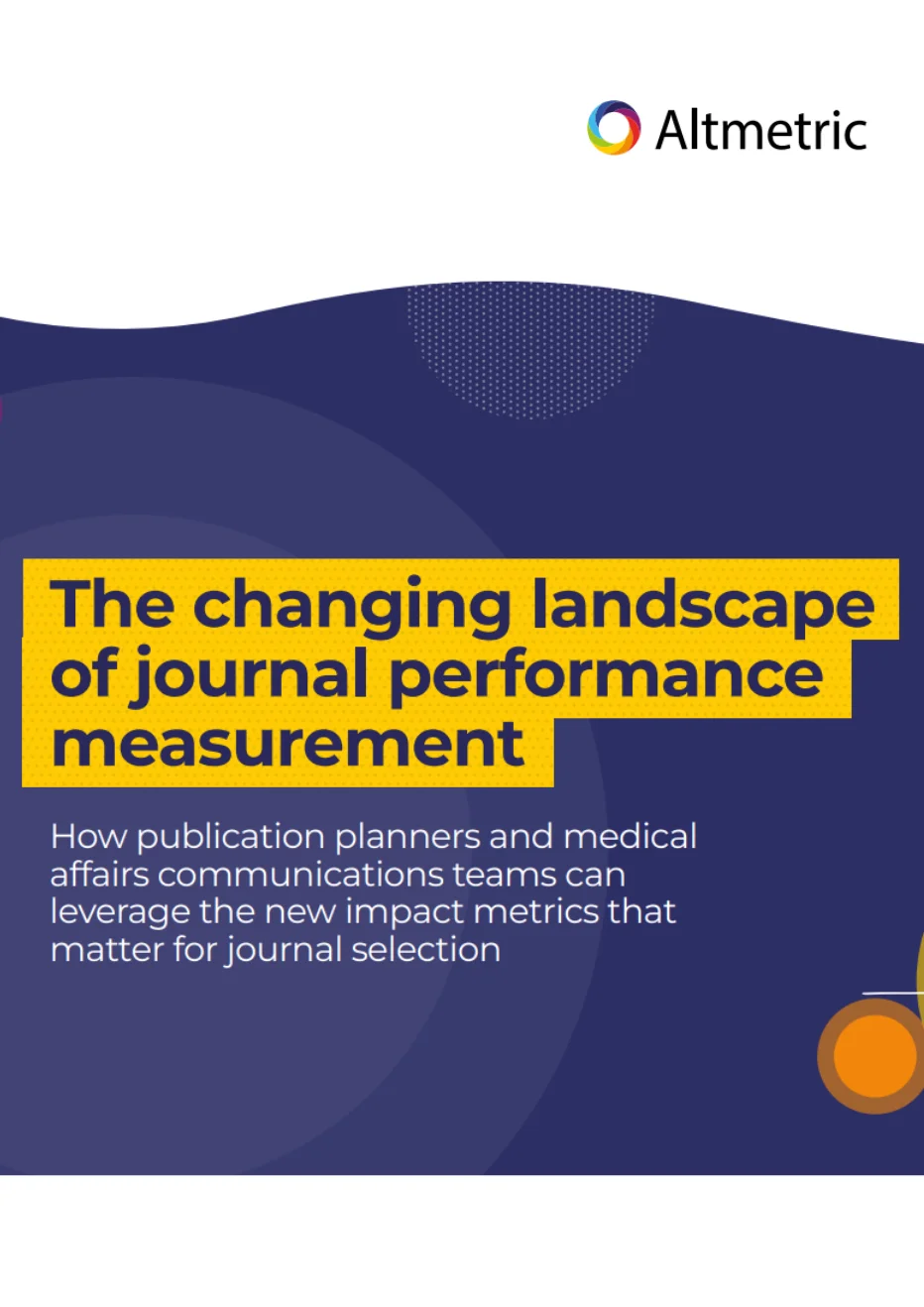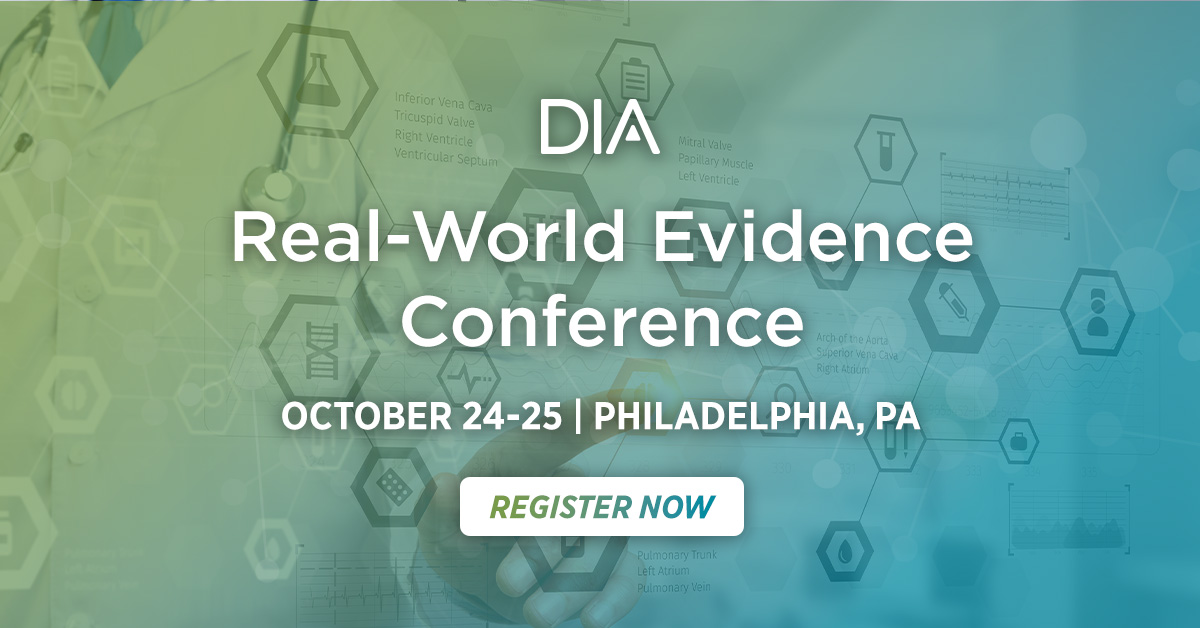
- COMMENTARY
- Reimagining Study Design and Enabling Digital Data Flow
Call to Action for Universal Study Design Model
- FEATURE ARTICLES
- Are Liquid Biopsies the Future of Cancer Biomarkers in Diagnosis or Monitoring of Disease?
- The Evolution of Decentralized Clinical Trials: Blending Innovation and Regulation in the Digital Age
- Correlation vs. Causation: How Causal AI is Helping Determine Key Connections in Healthcare and Clinical Trials
- In Silico Technologies: Leading the Future of Drug Development Breakthroughs
- PROs and ObsROs in Pediatric Clinical Trials: Measure Selection and Implementation
- SPECIAL SECTION PART 2: CERTIFICATE OF PHARMACEUTICAL PRODUCT (CPP)
- Facilitating Global Trade, Access, and Regulatory Reliance
FDA’s Transition from Paper CPPs to Electronic CPPs
- eCPP: Key Component of Regulatory Digitalization and Sustainability in EU
- Sign of the Times: Updating CPP Practices around the Globe
Experiences in Egypt, Hong Kong, and Cuba
- Efficient Regulatory Reliance: The WHO Certification Scheme for CPP
- MEETING HIGHLIGHTS: DIA Global Annual Meeting 2024
- Responsible Use of AI in Healthcare: Work in Progress
DIA 2024 “Responsible AI Solution Room” Summary Report
 Video: Pink Warrior Spotlights Gaps in Breast Cancer Research at DIA 2024
DIA Patient Partner Courtney Shihabuddin
Video: Pink Warrior Spotlights Gaps in Breast Cancer Research at DIA 2024
DIA Patient Partner Courtney Shihabuddin- DIA 60th ANNIVERSARY
- “Don’t Miss the Opportunity”
Interview with Andrzej Czarnecki
- AROUND THE GLOBE
- Goal: Transform Region into Health and Medical Innovation Hub
Interview with Lo Chung-mau, Secretary of Health of the Government of Hong Kong
- WHITE PAPERS
- Altmetric: The Changing Landscape of Journal Performance Measurement
- Salesforce: Connecting Patients to Therapies and Devices Faster with AI
Subscribe
Love Global Forum’s new online format? Subscribe today and never miss an issue.
Editorial Board
Content stream editors
Gary Kelloff US National Institutes of Health
Ilan Kirsch Adaptive Biotechnologies Corp.
regulatory science
Isaac Rodriguez-Chavez 4Biosolutions Consulting
Patient engagement
Natasha Ratcliffe Patient Engagement Specialist
Thomas Smith Independent Patient Consultant
Data and Digital
Lisa Barbadora Barbadora Ink
VALUE AND ACCESS
Wyatt Gotbetter Parexel
Editorial Staff
Sandra Blumenrath, Managing Editor, Scientific Publications DIA Scientific Communications
Chris M. Slawecki, Managing Editor, Global Forum DIA Scientific Communications
Linda Felaco, Copy Editor and Proofreader
Regional Editors
David Mukanga Bill and Melinda Gates Foundation
ASEAN
Jin Shun Belief BioMed
AUSTRALIA/NEW ZEALAND
Richard Day University of New South Wales, Medicine, St. Vincent’s Hospital
CHINA
Ling Su Shenyang Pharmaceutical University, Lilly Asia Ventures
EUROPE
Emma Du Four Independent R&D/Regulatory Policy Professional
EUROPE
Isabelle Stoeckert Bayer AG Pharma
INDIA
J. Vijay Venkatraman Oviya MedSafe
JAPAN
Toshiyoshi Tominaga Keio University Hospital, Clinical and Translational Research Center
LATIN AMERICA
Cammilla Gomes Roche
US
Ebony Dashiell-Aje BioMarin
DIA Membership
Bringing together stakeholders for the betterment of global health care.
Call to Action for Universal Study Design Model
Globant
he process of designing clinical studies today entails the manual compilation of the protocol document. Several people work on building the protocol by passing document versions back and forth, and spending hours sifting through past protocols, scientific literature, and regulatory guidelines to inform the new study design. This approach comes with several limitations
Jazz Pharmaceuticals
hile HER2 overexpression has been observed in various solid tumors, HER2-targeted therapies have been largely limited to use in patients with HER2-positive (HER2+) breast and gastric cancers. Emerging clinical data have demonstrated that HER2-targeted therapies, like T-DXd, zanidatamab, and tucatinib, may offer clinical benefit for patients with any HER2-overexpessing cancer. As the use of HER2-targeted therapies expands into other solid tumors, in which tissue samples may be more limited and HER2 expression may be more heterogenous, more sensitive and less invasive diagnostic methods are needed. Liquid biopsies and advances in ctDNA analysis offer a wide range of potential clinical applications, complementing standard clinical, imaging, and tissue assessments in order to optimize tumor-agnostic cancer diagnosis and patient treatment management.
JLABS, Harvard Innovation Labs
4Biosolutions Consulting
ecentralized clinical trials (DCTs) are a paradigm shift from the more traditional site-centric models to more patient-centric approaches. A new development within DCTs is “smart” trial protocols that adapt dynamically to participant needs and data patterns. These protocols apply artificial intelligence toward real-time optimization of study design, thus allowing, in some cases, shorter trial durations, accelerated patient timelines, and generally better logistical outcomes. This is also where blockchain technology is increasingly coming to prominence, as it offers a secure method to manage participant consent and data sharing, long a bugbear for decentralized research in terms of data privacy and integrity.
Lokavant
ith all the excitement around artificial intelligence (AI), many in healthcare are exploring ways to use this technology to improve how we discover, develop, and test new medicines. While the hype around AI can be somewhat overblown, there are real ways it can significantly improve clinical research, specifically with decision-making for trial design and execution.
InSilicoTrials
AI Board Member/Adviser
n the evolving landscape of scientific research and healthcare, technologies like artificial intelligence (AI), machine learning (ML), and biosimulation are reshaping how data is managed, processed, and utilized. In silico technologies (IST) represent a key component of this transformation, providing a groundbreaking acceleration of predictive intelligence, insights, and evidence, revolutionizing traditional research and development (R&D) by leveraging advanced computational techniques.
Signant Health
Clinical Outcome Assessment (COA) is defined by the US FDA as a method to capture clinical outcomes reported by a patient, observer, clinician, or via performance-based testing. COAs reflect how an individual feels, functions, or survives, providing essential insights into the effects of treatments. In clinical research, multiple types of COAs may be used, including:
White Paper
White Paper
FDA’s Transition from Paper CPPs to Electronic CPPs
ne of the key components of FDA’s regulatory oversight of the quality, safety, and efficacy of pharmaceutical products, both domestically and internationally, is the issuance of Certificates of Pharmaceutical Product (CPP), which are critical in the approval process for pharmaceuticals entering foreign (e.g., non-US) markets.
he Certificate of Pharmaceutical Product (CPP) is a document issued by a regulatory authority at the request of a product owner to support the registration process of that pharmaceutical product by another regulatory authority in a different country. Historically, one of the most in-demand CPP-issuing authorities has been the European Medicines Agency (EMA).
he World Health Organization (WHO) Certification Scheme on the quality of pharmaceutical products moving into international commerce, in effect since 1969, is an international voluntary agreement to provide assurance to countries participating in the Scheme about the quality of pharmaceutical products. The primary document of the Scheme is the Certificate of Pharmaceutical Product (CPP). Since its inception, the Scheme has undergone revisions (most recently, in 2021) to adapt to the changing global regulatory environment, including the rapid globalization of the pharmaceutical manufacturing sector. In this article, voices from regulatory authorities from three different regions explain how they have been adapting their CPP-related practices while ensuring that this Certificate retains its usefulness and supports more efficient regulatory decision-making.
he WHO Certification Scheme for CPP, an international voluntary agreement that provides assurance about the quality of pharmaceutical products moving into international commerce to countries participating in the Scheme, was established in the 1960s as one of the first regulatory reliance tools.
White Paper
White Paper
Implementing AI in Commercial Life Sciences
We have sponsored this report to examine how life sciences organizations can develop trusted AI strategies to reimagine their operations while promoting patient-centricity and connectivity across R&D and healthcare. Through interviews with analysts, academics, and other healthcare experts, this paper outlines the challenges and opportunities that healthcare companies face moving into this next era of healthcare AI. Alongside this research, the insights offered in this paper can help life sciences organizations build an AI strategy that establishes a well-governed data ecosystem that provides a contextualized foundation to drive lasting impact to customer experiences and costs through intelligence and automation.
DIA
Kearney
rtificial Intelligence (AI) is on the cusp of quickly becoming a large component of the healthcare industry (broadly defined), with the emergence of generative AI and sophisticated predictive models making significant inroads across various domains. At this point, it is crucial to carefully consider and plan for the responsible use of AI in healthcare, as it presents both numerous potential benefits and diverse risks to society.
The global AI in healthcare market was valued at approximately USD 19.27 billion in 2023, and it is projected to grow at a compound annual growth rate of 38.5% from 2024 to 2030. This market expansion is largely driven by the healthcare sector’s growing demand for improved efficiency, accuracy, and enhanced patient outcomes. According to a Premier, Inc. survey of 752 healthcare business decision-makers in November 2023, 81.5% said that AI was part of their organization’s strategic direction.
DIA Patient Partner Courtney Shihabuddin
fter my diagnosis of breast cancer at age 35, I struggled to wrap my head around what life would look like as a young woman with breast cancer. It also coincided with the pandemic, so there weren’t a ton of resources for me to utilize during my treatment,” explained DIA Patient Partner and cancer survivor Courtney Shihabuddin (BJE Consultants, The Pink Warrior) in this DIA 2024 interview. “I felt, once I made it to the other side, that I needed to utilize my knowledge and my voice to help other young women not feel so afraid and scared in a time that is so terrifying to a young woman with a new diagnosis.
DIA 60th Anniversary
Interview with Andrzej Czarnecki
lobal Forum founding Editor-in-Chief and former DIA board member Andrzej Czarnecki (Eli Lilly and Company) shares his reflections on DIA’s 60-year anniversary and prospects for the future with his successor, current Editor-in-Chief Alberto Grignolo.
Interview with Lo Chung-mau, Secretary of Health of the Government of Hong Kong
rofessor Lo Chung-mau, Hong Kong’s secretary of health, delves into some of the key strategic initiatives for advancing Hong Kong’s healthcare and biomedical innovation. Key topics include the integration of the Greater Bay Area (GBA) for enhanced clinical trials, addressing the increasing needs of the Hong Kong healthcare system, and leveraging international partnerships for global benchmarking. Lo emphasizes, “Seeing is believing,” highlighting the importance of firsthand experience to understand the vast opportunities within the GBA.








